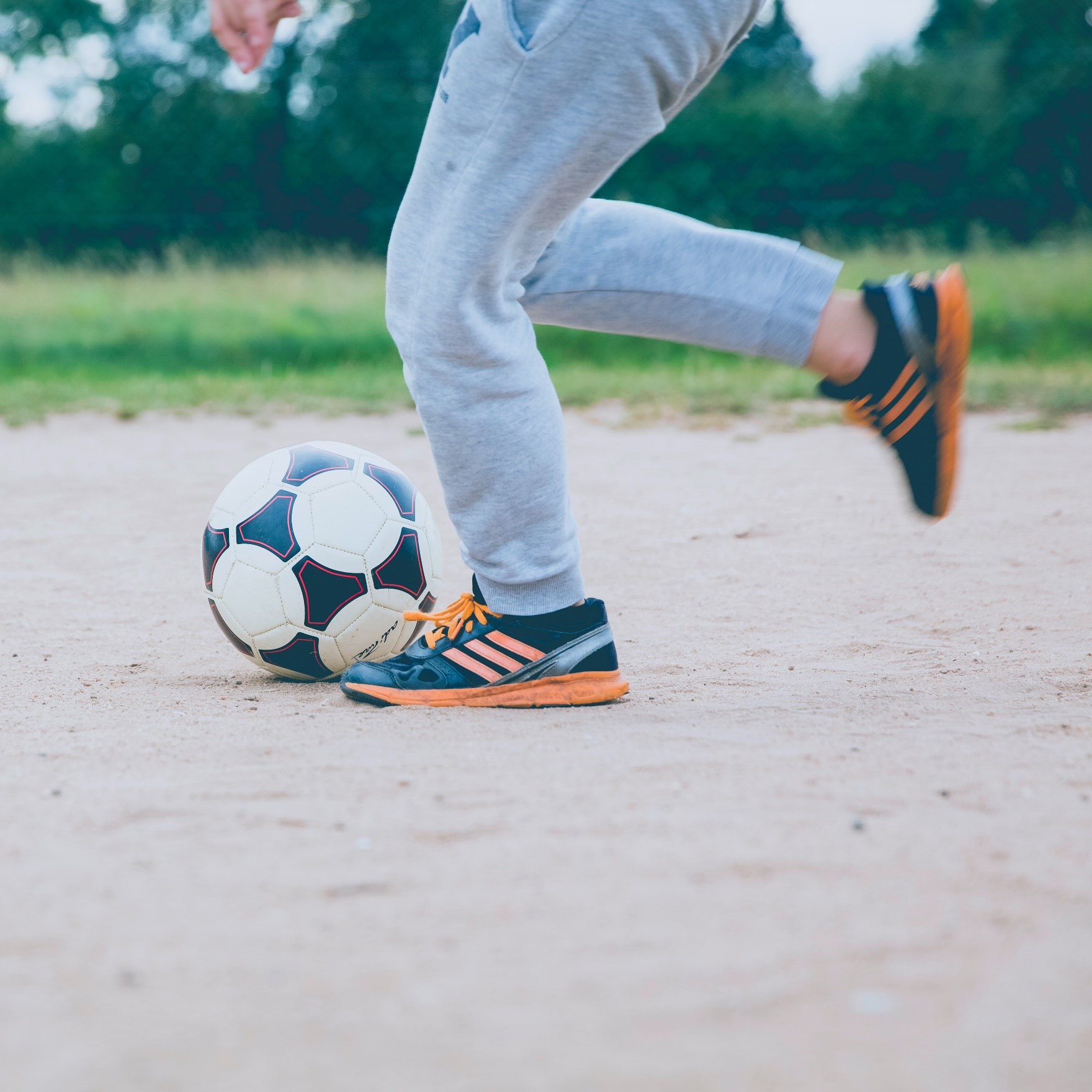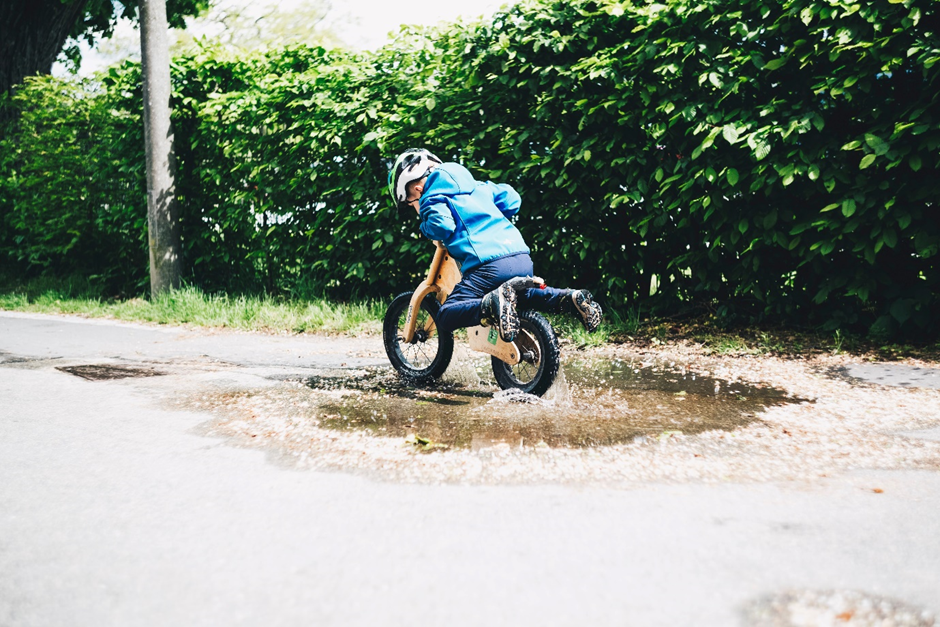Safe Activity
For all children, exercise and physical activity are important parts of remaining fit and healthy. For children with DMD, exercising can be more difficult due to muscle weakness. Certain precautions should be taken to ensure that exercise is safe and effective.
What is DMD?
Duchenne muscular dystrophy (DMD) is the most common form of muscular dystrophy, affecting approximately 1 in 5000 boys. Girls are not usually affected but can be carriers of changes in the DMD gene.

Boys with DMD experience progressive muscle weakness leading to increasing reliance on a wheelchair by the early-mid-teenage years. Eventually all muscles of the body are affected including the breathing muscles and the muscles that hold the spine straight. Corticosteroid treatment is used to improve strength but can be associated with side effects including weight gain and weakening of bones.
Physical activity and exercise
Being physically active and doing exercise describe using your muscles and moving your body. Children are physically active/exercising when they run, walk, swim, play with a ball, ride a bike, play a sport or play at the playground. For all children, exercising can improve general fitness, help maintain flexible muscles and strong bones as well as a healthy bodyweight. It helps children develop balance and coordination. Exercise also offers opportunities to socialise and to develop teamwork and leadership skills.

There are different types of exercise:
-
High-impact exercise involves strong pounding forces as in running and jumping.
-
Low-impact exercise means less force is put through the body. These are gentler activities like swimming and cycling.
-
Eccentric exercise is when you work the muscles hard while they get longer (such as straightening your elbow while holding a weight). Examples include weightlifting, vigorous trampolining and squats or step-downs.
What is safe activity for those with DMD?

Low-impact
.png)
Avoids eccentric muscle activity

Fun and interesting

Allows rest if needed
Research shows that the right sort of exercise can slow the weakening process, helping to maintain walking and other functional abilities.
Kids with DMD are at greater risk of muscle damage than their peers. For this reason, it is important that they don’t do large amounts of high-impact or eccentric exercise (ie. to the point of exhaustion).
If your child gets delayed-onset muscle soreness (that feeling of sore muscles the day after exercise), that is a sign they have done too much.
In general, children with DMD will limit themselves in the amount of exercise they do and if they tell you they are tired, this should be respected, and they should be allowed to rest and recover.
If children with DMD do no exercise at all, they are at risk of making their weakness worse.
How to plan safe activity?

Regular participation in low-impact exercise such as swimming, bike-riding, and walking are recommended as safe options. The action of bike-riding or swimming is preferable to using a scooter as they use both sides of the body equally. Swimming and pool-based aquatic exercise are especially recommended as they can improve aerobic fitness and lung capacity and may be continued for many years even for those who are very weak.
Eccentric activities (such as trampoline jumping) and asymmetrical activities (such as riding a scooter) should be used for short periods only or avoided.
All children with DMD will have specific exercises and stretches provided by their physiotherapist. These exercises are very important to keep muscles and joints flexible. This helps to allow movement, independence and comfort for as long as possible.
It is important that children with DMD participate in physical education (PE) at school and other physical activities with their peers. It may need a bit of planning from your child’s teacher, coach and physio or occupational therapist. Wheeled mobility (such as wheelchairs or motorised mobility scooters) can be used as a means of transport over longer distances, which saves a child’s energy for the sporting activity itself.
Key points to remember

-
Exercise is important for physical and mental health.
-
Symmetrical activities like swimming, bike-riding, and walking are particularly recommended.
-
Avoid/limit high-impact, eccentric, and asymmetric types of exercise.
-
Plans and adjustments can be made to make sure kids with DMD can exercise with their peers.
-
Encourage your child to be physically active, but give them the opportunity to rest if they are tired.
More information
-
Talk to your child's neurologist or physiotherapist.
